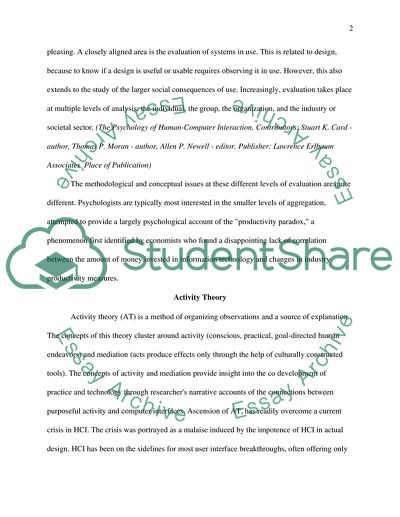Cite this document
(Human-computer Interaction Theories Term Paper Example | Topics and Well Written Essays - 2750 words, n.d.)
Human-computer Interaction Theories Term Paper Example | Topics and Well Written Essays - 2750 words. Retrieved from https://studentshare.org/technology/1702857-human-computer-interaction-theories
Human-computer Interaction Theories Term Paper Example | Topics and Well Written Essays - 2750 words. Retrieved from https://studentshare.org/technology/1702857-human-computer-interaction-theories
(Human-Computer Interaction Theories Term Paper Example | Topics and Well Written Essays - 2750 Words)
Human-Computer Interaction Theories Term Paper Example | Topics and Well Written Essays - 2750 Words. https://studentshare.org/technology/1702857-human-computer-interaction-theories.
Human-Computer Interaction Theories Term Paper Example | Topics and Well Written Essays - 2750 Words. https://studentshare.org/technology/1702857-human-computer-interaction-theories.
“Human-Computer Interaction Theories Term Paper Example | Topics and Well Written Essays - 2750 Words”, n.d. https://studentshare.org/technology/1702857-human-computer-interaction-theories.


